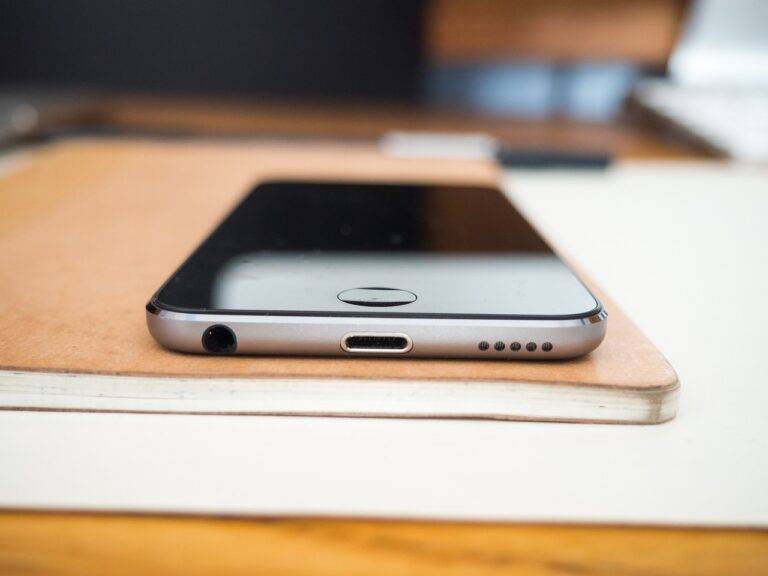Medical 3D Printing: Revolutionizing Healthcare
Not only has 3D printing revolutionized many industries, but it has also made significant advancements in the field of surgical procedures. The ability to create customized surgical tools and implants tailored to each patient’s unique anatomy has transformed the way surgeries are approached and executed. With the precision and accuracy offered by 3D printing technology, surgeons can now plan and practice complex procedures beforehand, resulting in improved outcomes and reduced risks for patients.
Additionally, 3D printing allows for the creation of patient-specific models based on medical imaging data, giving surgeons the opportunity to visually and physically understand the intricacies of each case before stepping into the operating room. This hands-on approach enables better communication between medical teams and patients, leading to more informed decisions and increased confidence in the proposed treatment plans. As this technology continues to evolve, the potential for 3D printing in surgical procedures is vast, promising enhanced patient care and better surgical results.
Advancements in Prosthetics and Orthotics with 3D Printing
Additive manufacturing, commonly known as 3D printing, has revolutionized the field of prosthetics and orthotics. This technology allows for the creation of custom-made prosthetic limbs and orthotic devices with unparalleled precision and efficiency. By using 3D scanning techniques to capture the exact dimensions of a patient’s body, prosthetists and orthotists can design prosthetics and orthotics that fit perfectly and provide optimal support and functionality.
One of the key advantages of 3D printing in prosthetics and orthotics is the ability to rapidly prototype and iterate designs. Unlike traditional manufacturing methods that are labor-intensive and time-consuming, 3D printing allows for quick modifications and adjustments, leading to faster production times and more personalized solutions for patients. Additionally, the materials used in 3D printing can be tailored to meet specific biomechanical requirements, resulting in lightweight yet durable prosthetics and orthotics that enhance the overall quality of life for individuals in need.
Customized Implants and Medical Devices through 3D Printing
Additive manufacturing, also known as 3D printing, has revolutionized the production of customized implants and medical devices in the healthcare industry. This innovative technology allows for the creation of patient-specific devices tailored to individual anatomies and requirements. From cranial implants to prosthetic limbs, 3D printing enables the design and fabrication of intricate structures with high precision and accuracy, leading to better patient outcomes and improved comfort.
One of the key advantages of 3D printing in the production of customized implants and medical devices is the speed and efficiency with which these items can be manufactured. Traditional methods often involve lengthy and complex processes that may not always result in optimal fit or functionality. In contrast, 3D printing allows for rapid prototyping and iteration, facilitating the creation of bespoke solutions that meet the unique needs of each patient. By harnessing the power of additive manufacturing, healthcare providers can offer personalized treatment options that enhance quality of life and restore functionality for individuals in need.
• 3D printing revolutionizes production of customized implants and medical devices
• Allows for creation of patient-specific devices tailored to individual anatomies
• Enables design and fabrication of intricate structures with high precision
• Speed and efficiency in manufacturing compared to traditional methods
• Rapid prototyping and iteration for bespoke solutions that meet unique needs
• Personalized treatment options enhance quality of life and restore functionality
How does 3D printing revolutionize surgical procedures?
3D printing allows for the creation of customized implants and medical devices that perfectly fit a patient’s unique anatomy, leading to better outcomes and faster recovery times.
Can 3D printing be used to create prosthetics and orthotics?
Yes, 3D printing has advanced the field of prosthetics and orthotics by allowing for the creation of personalized devices that are more comfortable and functional for patients.
What are the benefits of using 3D printing for creating medical devices?
Some benefits include faster production times, lower costs, and the ability to create complex structures that would be difficult or impossible to produce using traditional manufacturing methods.
Are there any limitations to using 3D printing for medical devices?
While 3D printing has many advantages, there are still some limitations such as material limitations, size constraints, and the need for specialized equipment and expertise.
How can patients benefit from customized implants and devices created through 3D printing?
Customized implants and devices can lead to better patient outcomes, reduced risk of complications, and improved quality of life for patients undergoing surgical procedures or using prosthetics and orthotics.





